Shrimp macerate their feed, causing amino acid losses
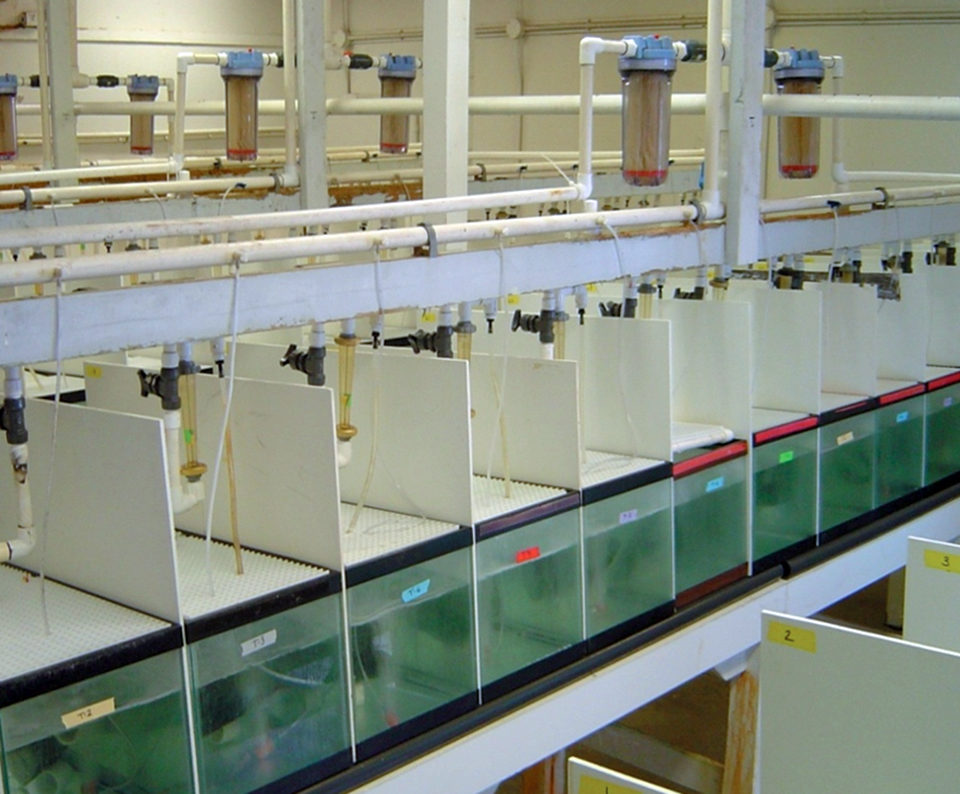
In shrimp feeds, amino acid supplementation is often needed to improve the nutritional values of protein sources due to the limitations of some amino acids. Supplementation is also applied to formulate diets used to determine amino acid requirements based on dose response. Leaching of amino acids, however, is a concern due to the feeding behavior of shrimp, which are slow feeders and nibblers that grasp feed and macerate it with their mandibles. Some added amino acids may be wasted or not well utilized.
To overcome leaching of amino acids in shrimp feed, different approaches have been employed, including encapsulating or precoating crystalline amino acids before they are added to test diets. The utilization of these amino acids, however, can vary depending on the quality of materials or chemicals used to encapsulate or coat them.
Recent research has adopted a method by which the target amino acid is chemically bound to a protein such as wheat or soy protein. This method was originally developed in food science research and successfully used in the determination of lysine requirements for white shrimp in 1995.
Shrimp growth trial
The authors conducted an eight-week growth trial at the Oceanic Institute in Hawaii, USA, in which Pacific white shrimp were cultured in an indoor flow-through system with water at 25 degrees-C and 30-ppt salinity. A soy protein-based diet with 20 percent protein was formulated as a control diet containing adequate essential amino acids except for methionine.
Six additional diets were supplemented with covalently bound methionine, and another six diets included crystalline L-methionine. The covalently bound methionine was prepared by binding soy protein isolate with L-methionine through a carbodiimine reaction. The analytical levels of dietary methionine were 3.9, 4.5, 5.6, 6.4, 7.2 and 8.8 grams per kg diet containing covalently bound methionine and 4.1, 4.3, 5.3, 6.4, 7.1 and 8.7 grams per kg diet containing crystalline methionine.
The diets were applied to four 52-L replicate tanks containing 12, 1-gram shrimp each. The shrimp were fed four times daily to satiation.
Results
The covalent linked reaction enriched the methionine from 0.62 to 4.70 percent in soy protein isolate. Leaching of methionine was lower in the diets supplemented with soy protein-bound methionine than those with the crystalline form regardless of supplementation level (Fig. 1). Greater leaching was reflected at higher levels of dietary inclusion and for longer periods of submersion.
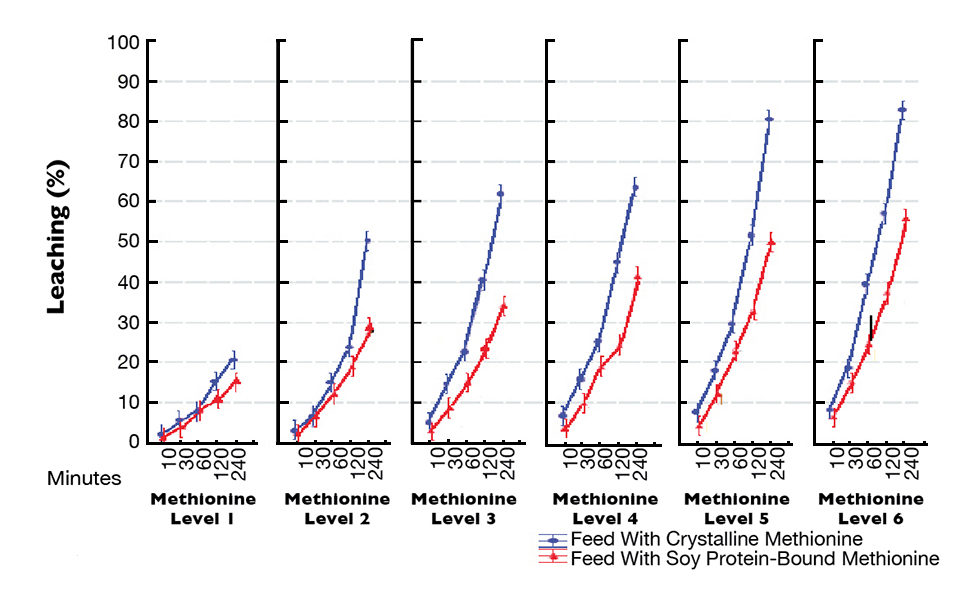
In the treatment with soy protein-bound methionine, shrimp fed diets with 0.72 percent methionine showed the highest growth rate, followed by those fed the diets containing 0.64 and 0.88 percent methionine, which were not significantly different from the shrimp fed the other test diets (Fig. 2). For the shrimp fed diets with added crystalline methionine, significantly higher growth rates were shown in shrimp fed diets with 0.71 to 0.87 percent methionine than in shrimp fed diets with less than 0.64 percent methionine (Fig. 3). Survival of shrimp in all treatments was higher than 97 percent.
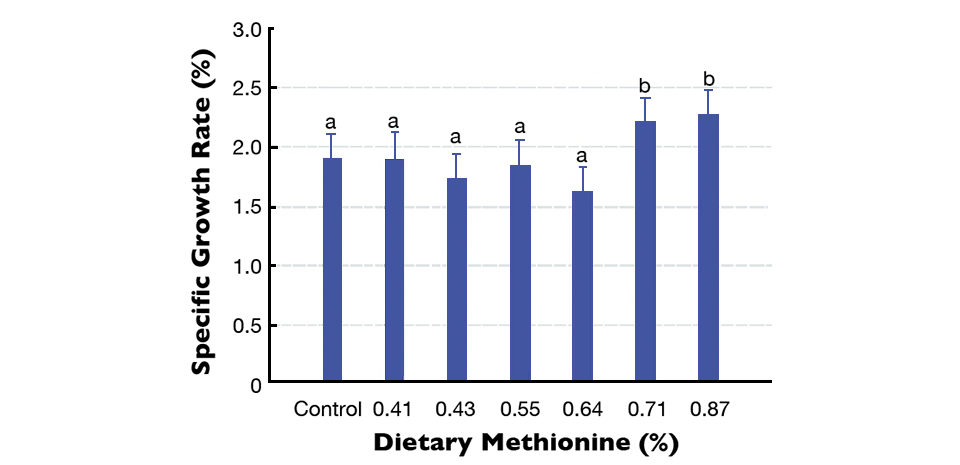
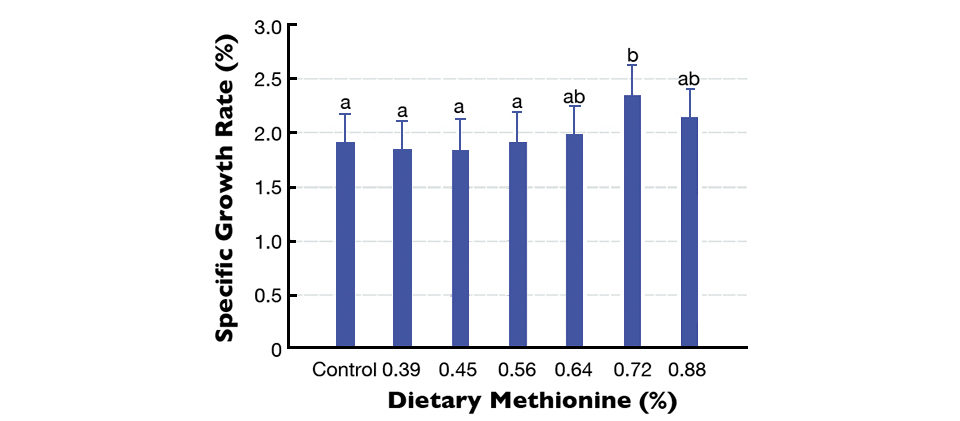
The results indicated that soy protein-bound methionine did not improve the growth of shrimp when compared to crystalline methionine, but did exhibit greater water stability. A longer feeding trial may be needed to further confirm the effects on growth of the two forms of methionine.
The overall low growth of shrimp in this study was probably due to the rather low crude protein level in the test diets, restricted feeding frequency and suboptimal water temperature. The highest level of soy protein-bound methionine tended to decrease the growth rate of shrimp.
(Editor’s Note: This article was originally published in the July/August 2010 print edition of the Global Aquaculture Advocate.)
Now that you've reached the end of the article ...
… please consider supporting GSA’s mission to advance responsible seafood practices through education, advocacy and third-party assurances. The Advocate aims to document the evolution of responsible seafood practices and share the expansive knowledge of our vast network of contributors.
By becoming a Global Seafood Alliance member, you’re ensuring that all of the pre-competitive work we do through member benefits, resources and events can continue. Individual membership costs just $50 a year.
Not a GSA member? Join us.
Authors
-
Dong-Fang Deng, Ph.D.
The Oceanic Institute
41-202 Kalaniana’ole Highway
Waimanalo, Hawaii 96795 USA -
Zhi Yong Ju, Ph.D.
The Oceanic Institute
41-202 Kalaniana’ole Highway
Waimanalo, Hawaii 96795 USA -
Warren Dominy, Ph.D.
The Oceanic Institute
41-202 Kalaniana’ole Highway
Waimanalo, Hawaii 96795 USA -
Addison Lawrence, Ph.D.
Texas AgriLife Research
AgriLife Research Mariculture Laboratory
Corpus Christi, Texas, USA -
Susmita Patnaik, Ph.D.
Texas AgriLife Research
AgriLife Research Mariculture Laboratory
Corpus Christi, Texas, USA -
Joe Fox, Ph.D.
Texas A&M University-Corpus Christi
Corpus Christi, Texas, USA
Tagged With
Related Posts
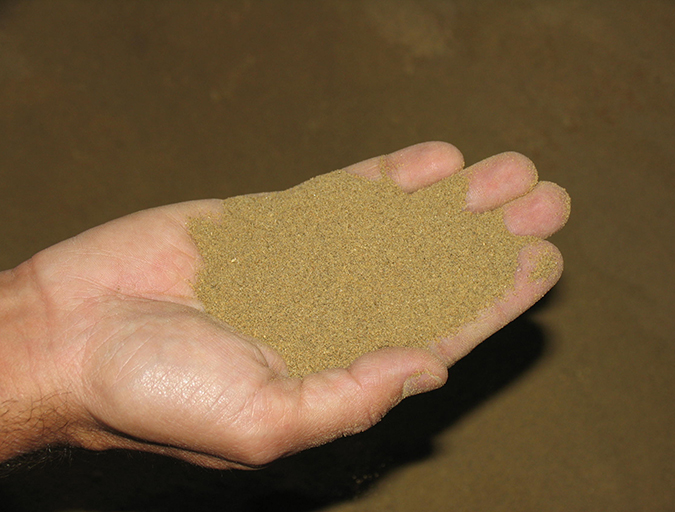
Aquafeeds
A look at the SME controlled extrusion process
A study was conducted using a Twin-Screw Extruder equipped with Specific Mechanical Energy (SME) and Density Control valves, to determine the effect of SME on the water stability of shrimp feeds. Further research is needed to evaluate the performance.

Aquafeeds
Analyzing the hydrostability of shrimp feeds
The physical integrity and nutrient leaching of shrimp aquafeeds are important aspects in their quality control. The water stability of shrimp aquafeeds is often evaluated in various subjective manners. This analytical procedure provides a baseline for the aquafeed manufacturer to assess product quality.
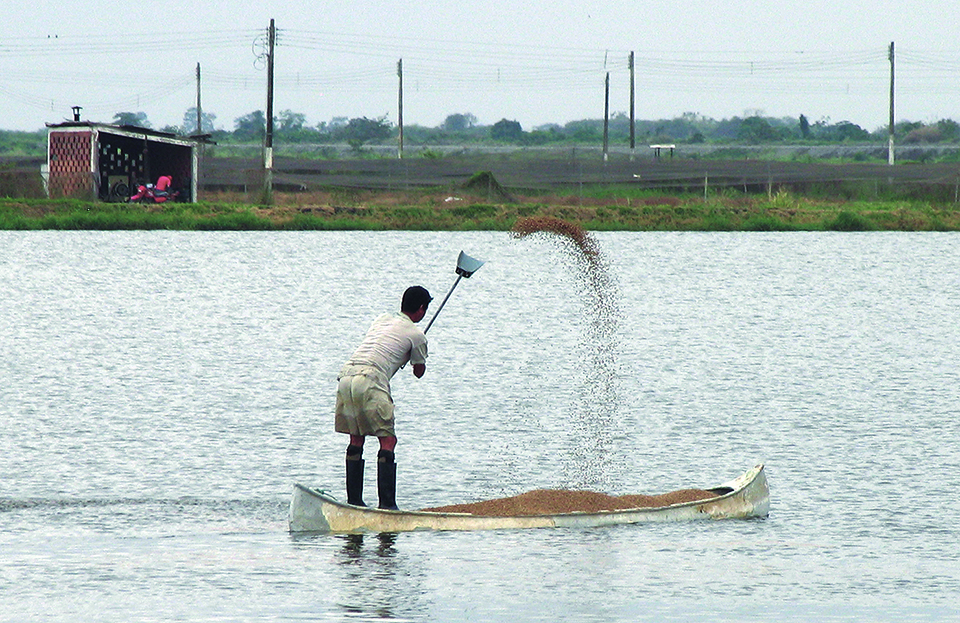
Aquafeeds
Aquaculture feed composition helps define potential for water pollution
A study found that feed for salmon and trout had higher organic carbon concentrations than did catfish, shrimp and tilapia feeds. Nitrogen and phosphorus concentrations were similar among salmon, trout and shrimp feeds, and higher than those in catfish and tilapia feeds.
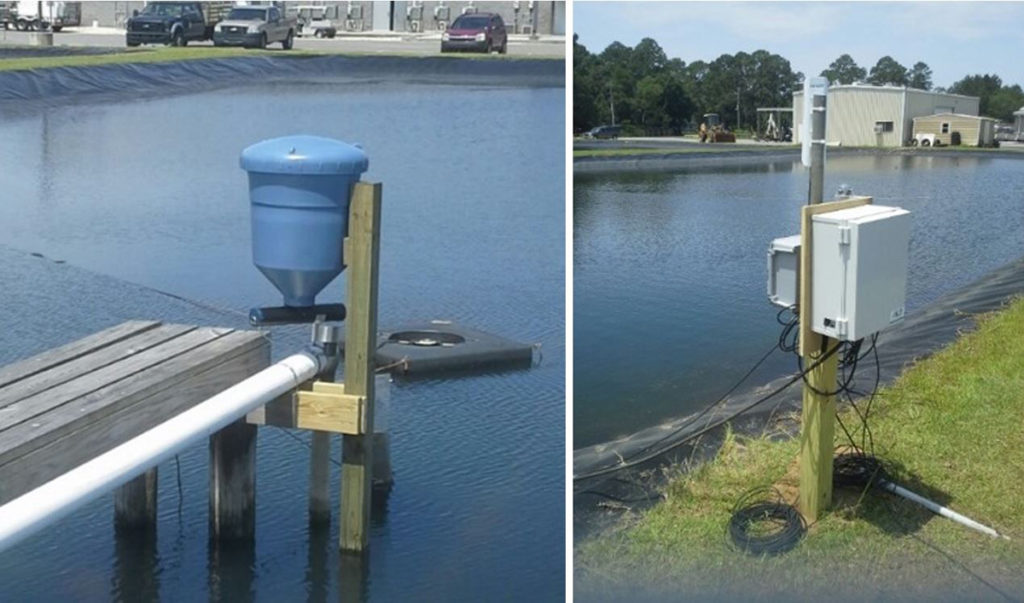
Aquafeeds
Automated feeding systems in pond production of Pacific white shrimp
Results of this study show that automated feeding systems are significantly more efficient than hand feeding in shrimp production ponds and that increases in feed input, application of adaptive technology and training of people to maintain the feeding system must all be considered.


